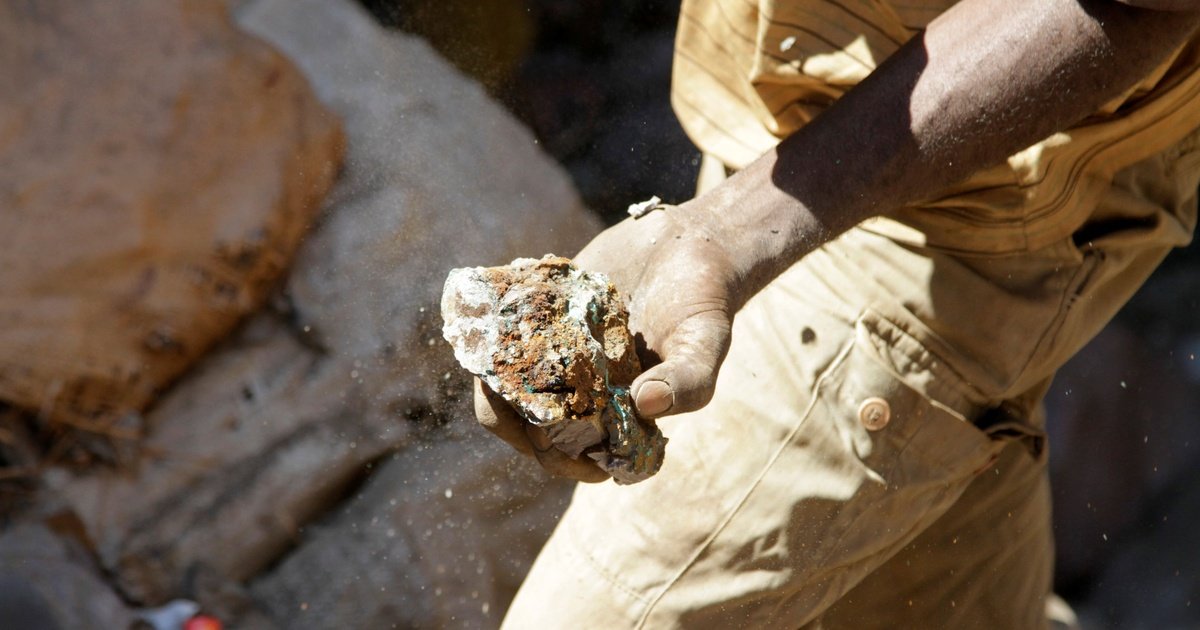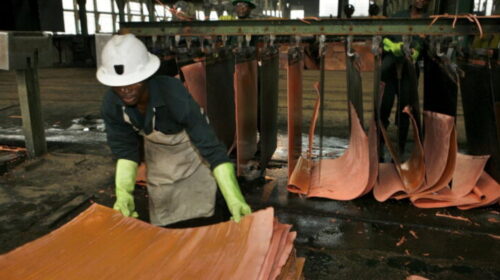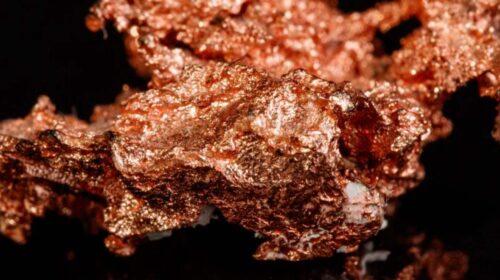Market fears tighter copper and cobalt supply if DRC enforces concentrate export ban
The Democratic Republic of the Congo has reinstated an export on copper and cobalt concentrates, but will allow mining companies that hold exemptions to continue their shipments.
Congo Kinshasa, the world’s largest producer of cobalt and Africa’s largest copper miner, banned concentrate exports in 2013 to encourage miners to process and refine the ore locally.
However, insufficient fusion capacity has prompted the Congolese government to issue waivers on several occasions. In August last year, the Mining Ministry granted an unlimited moratorium on all mineral exports, except copper concentrate, pending talks with miners.
The freeze on bans ended on April 12 and was replaced by a framework allowing the Minister of Mines to grant individual exemptions on a case-by-case basis following a request from an interested party.
Canada Ivanhoe Mines (TSX: IVN), which this week announced the start of copper concentration production at its Kamoa-Kakula project in the DRC, said on Friday it had already filed for a waiver and was in talks with the Minister of Mines.
“The rules recognize that a waiver can be justified for a number of reasons,” said President and Chief Financial Officer Marna Cloete in a statement .”Kamoa Copper has filed the necessary application documents and we have had constructive discussions with the Minister of Mines on obtaining a waiver for Kamoa-Kakula given the current limits on fusion capacity in the country.”
Haut-Katanga Governor Jacques Kyabula Katwe told Reuters on Friday that the country still faces electricity shortages, preventing mining companies from building processing facilities.
“It’s better to let them [the mining companies] work, but show us their plans to increase fusion capacity,” he said.
Ivanhoe said the company will use local smelter capacity as much as possible and is evaluating the construction of its own smelter complex at Kamoa-Kakula to produce blister and anode copper.
Historical moment
The start of production at Kakula, the first planned mine in the Ivanhoe concession, marked a momentous event for the copper market.
Most of today’s most productive mines are decades old, and with rare exceptions such as SolGold’s Cascabel in Ecuador and Anglo American’s Quellaveco project in Peru, there have been no major new discoveries in years.
As copper projects are in the works, producers are reluctant to repeat the oversupply mistakes of past cycles by speeding up plans at a time when mines are becoming much more delicate and costly to build – one reason for which copper prices have traded for nearly ten years at over $ 10,000. a ton.
A ban on exports of these metals from the DRC could increase pressure on the global supply of copper and cobalt. Analysts expect shortages in both markets to become evident next year.
The copper industry must spend more than $ 100 billion to close what could be an annual supply gap of 4.7 million metric tonnes by 2030, according to CRU Group estimates. The potential shortfall could reach 10 million tonnes if no mines are built, commodity trader Trafigura said.
The commodities trader and miner Glencore (LON: GLEN) is expected to restart operations of its operation in the DRC in 2022 . Mutanda is the largest cobalt mine in the world and also produces large amounts of copper. The company only exports cobalt in hydroxide and copper cathodes, so it is not affected by the ban.
The resumption of operations at the mine could help mitigate the expected under-supply, potentially capping further price increases.
![]()





